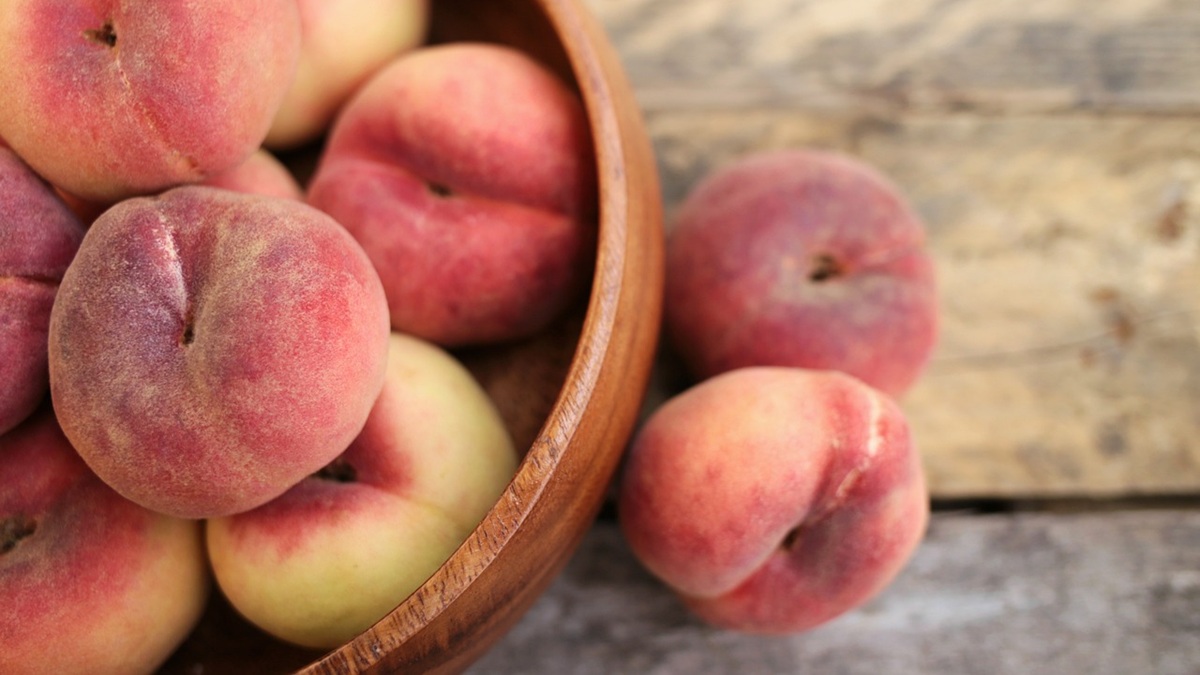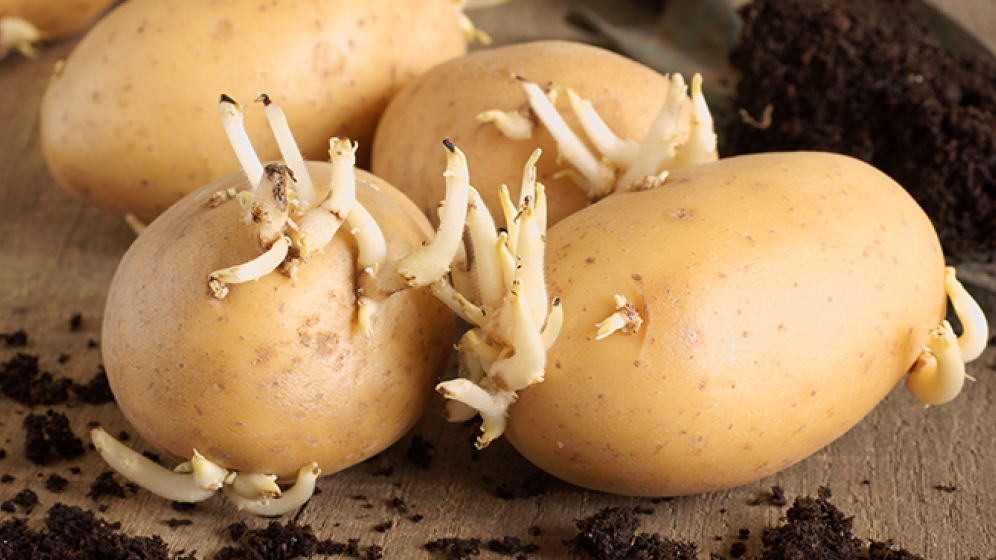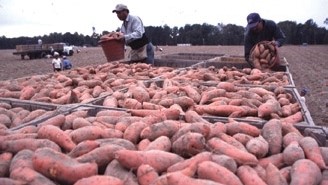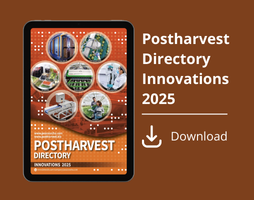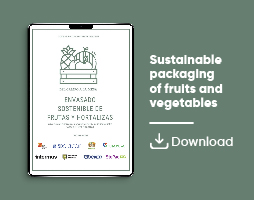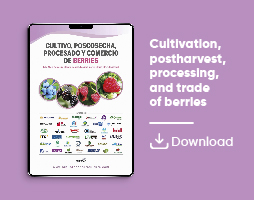News
Glycine betaine, a potential new tool for postharvest quality preservation
Sanusi Shamsudeen Nassaraw et al. show that glycine betaine (GB) reduces chilling injury and senescence in postharvest storage, enhances water retention, membrane stability, and antioxidant activity; boosts flavonoid metabolism, strengthening stress defense; lowers ethylene production and respiration, delaying ripening; and improves texture and antifungal properties by regulating cell walls
Glycine betaine (GB) is considered a residue-free and non-toxic method for the preservation of fruits and vegetables during postharvest storage. This strategy is especially useful in reducing significant postharvest losses resulting from accelerated aging and disease development.
While cooling remains the primary postharvest preservation method, it often leads to chilling injury in many horticultural crops; therefore,
GB treatment presents a promising alternative for postharvest storage. In this article, a comprehensive investigation was conducted on the recent exploitation of GB in the postharvest storage of fruits and vegetables.
Furthermore, the effects of GB on physiological traits, secondary metabolism, nutritional properties, ripening and senescence processes, antioxidant activities, enzyme functionalities, ethylene production, respiration rate, cell wall composition, and associated enzyme activities were studied.
Moreover, the effects of GB treatment on the chilling injury, membrane fatty acid metabolism, and phenylpropanoid metabolism during the storage period were covered.
This review could have significant implications for farmers and the food industry, as it could lead to the development of new techniques to improve the preservation and storage of fresh produces after harvest during the postharvest period.
Introduction
Fresh fruits and vegetables have become an indispensable part of the human diet due to increased awareness about the health benefits of a diet rich in fresh produce (Liu, Xu, Guo, & Zhang, 2020; Sharma et al., 2017; Zhang and Jiang, 2019).
Nassarawa, Abdelshafy, Xu, Li, & Luo (2020) and Zhang, Jiang, Cao, & Jiang, 2021) have confirmed that these fresh products have a significant effect on preventing and treating various human diseases such as hypertension, coronary heart disease, and stroke.
However, fresh fruits and vegetables are highly perishable and prone to diseases, which makes their preservation a major area of research (Asghari, 2019; Li, Cui, Zhang, Meng and Liu, 2022; Ziv, Lers, Fallik and Paran, 2022).
Various studies have highlighted that inadequate postharvest infrastructure and poor harvesting and storage techniques are the main factors responsible for the wastage of horticultural crops Abdelhai et al. (2019), Duan et al. (2020), Li et al. (2022).
Postharvest losses of fruits and vegetables are a significant concern that requires urgent attention to ensure food security for the growing global population (Gouda et al., 2023).
Reducing these losses during storage is a crucial challenge that needs to be tackled by improving the postharvest infrastructure, harvesting, and storage techniques (Nassarawa et al., 2024).
Therefore, developing effective preservation techniques is necessary to ensure that fresh fruits and vegetables retain their nutritional value and remain safe for consumption (Gouda et al., 2023).
Current postharvest preservation techniques
Various physical and chemical techniques are used to preserve fruits and vegetables to minimize postharvest losses and extend the shelf-life of fresh produce (Nassarawa et al., 2024).
Currently, the predominant techniques employed for preserving postharvest fruits and vegetables revolve around chemical approaches such as the application of glycine betaine, 1-methyl cyclopropane, ozone, hydrogen peroxide and high oxygen atmosphere application (Amornputti, Ketsa, & van Doorn (2014), Chiriboga et al. (2013), Osae et al. (2020), and Kerch (2015).
The glycine betaine
In recent years, there has been an increasing focus on exploring the impact of glycine betaine (GB) on the preservation of postharvest fruits and vegetables (Habibi et al., 2022a, Habibi et al., 2022b, Habibi et al., 2022c, Habibi et al., 2022d).
Glycine betaine (GB), chemically known as N,N,N-trimethylglycine, is a naturally occurring quaternary ammonium compound with the molecular formula C5H11NO2 (Habibi et al., 2022a, Habibi et al., 2022b, Habibi et al., 2022c, Habibi et al., 2022d).
Structurally, it consists of a glycine backbone where the amino group is fully methylated to form a trimethylated quaternary ammonium group (–N+(CH3)3), while the carboxyl group remains deprotonated (–COO-), making it a zwitterion (*) (Chen et al., 2021a, Chen et al., 2021b).
This dual charge imparts high water solubility and metabolic compatibility, allowing GB to accumulate in cells without disrupting normal biochemical processes (Fu et al., 2022).
Non toxic osmoprotectant
GB functions primarily as an osmoprotectant, helping cells maintain water balance and stability under stress conditions such as salinity, drought, and extreme temperatures (Zheng et al., 2023). It is thermally and chemically stable, capable of stabilizing proteins, membranes, and enzymes, and can also protect cells from oxidative stress.
Its non-toxic nature and role in regulating stress-responsive genes make it an important molecule in plant stress physiology and biotechnology (Huang et al., 2022).
Postharvest effects
GB is a naturally occurring osmoprotectant known for its role in enhancing stress tolerance in plants, including postharvest fruits (Zhan et al., 2014). It helps maintain cellular osmotic balance, stabilizes proteins and membranes, and mitigates oxidative stress by enhancing antioxidant enzyme activity (Wang et al., 2023).
In postharvest fruit management, GB application can significantly improve fruit quality by reducing water loss, maintaining firmness, and delaying ripening (Taskin and Ertan, 2023).
Its ability to reduce ethylene production and respiration rates contributes to prolonged shelf life and better retention of color, texture, and flavor (Taskin and Ertan, 2023).
Additionally, GB has been found to enhance resistance to chilling injury in fruits like tomatoes and citrus during cold storage (Razavi et al., 2018a).
The protective effects of glycine betaine against environmental stresses make it a valuable tool for maintaining postharvest fruit quality, reducing spoilage, and minimizing postharvest losses.
Extensive research conducted thus far has demonstrated that GB exhibits the potential to reduce chilling injury and can be effective in enhancing the quality of diverse postharvest produce, such as banana, peach, plum, pears, zucchini fruit, papaya and jujube fruit (Jia et al., 2022; Mahmoudi, Razavi, Rabiei, Gohari and Palou, 2022a; Sun et al., 2020a; Yao et al., 2018a, Yao et al., 2018b Yao et al. 2018; Chen et al., 2021a; Luo et al., 2022; Zhang et al., 2023a, Zhang et al., 2023b).
These studies indicated that GB treatment may be a promising approach to improve the shelf-life of fresh produce and reducing postharvest losses.
There has been a significant number of research articles conducted on the use of GB for postharvest preservation of harvested crops.<
A favorable safety profile
GB is widely recognized for its non-toxic nature, both to plant tissues and to humans (Wang et al., 2019a, Wang et al., 2019b, Wang et al., 2019c). In the context of postharvest application, GB is considered a safe osmoprotectant that stabilizes cellular functions without inducing phytotoxic or cytotoxic effects (Yao et al., 2018a, Yao et al., 2018b).
This favorable safety profile distinguishes GB from many synthetic chemicals traditionally used in postharvest preservation (Yao et al., 2018a, Yao et al., 2018b).
Numerous studies have demonstrated that exogenous application of GB in postharvest fruits and vegetables does not cause damage to cellular structures or compromise tissue viability (Figueroa-Soto and Valenzuela-Soto, 2018).
Instead, GB enhances membrane stability, reduces oxidative stress, and improves enzymatic activity in harvested crops (Razavi et al., 2018a, Razavi et al., 2018b).
These physiological improvements occur without any reported symptoms of necrosis, tissue discoloration, or cellular degradation, which are typical markers of cytotoxicity (Miri et al., 2021).
GB, a GRAS compound
From a human health perspective, GB is a GRAS (Generally Recognized as Safe) compound, approved for use in food and nutraceutical formulations by major food safety regulatory bodies (Gonçalves et al., 2020a, Gonçalves et al., 2020b).
Toxicological evaluations have shown that GB has low oral toxicity, is non-mutagenic, and does not cause adverse effects even at relatively high intake levels (Khalid et al., 2022).
A study by Ntanos et al. (2021) indicated that dietary supplementation of GB in humans is safe and beneficial for liver function and cellular methylation processes.
Additionally, GB is endogenously present in several commonly consumed foods such as spinach, wheat, and shellfish, further supporting its safe status as a dietary and postharvest additive (Jia et al., 2022).
Furthermore, studies investigating the intracellular accumulation of GB in treated fruits and vegetables have shown that its levels remain within natural physiological limits, without disrupting cell metabolism or triggering stress responses typically associated with chemical toxicity (Fu et al., 2022).
In postharvest treatments, GB is often applied in low to moderate concentrations, which are sufficient to exert protective effects without reaching toxic thresholds (Jia et al., 2022).
The review
This review provides an overview of the current use of GB in postharvest storage of fruits and vegetables, covering the effects of GB on quality properties (phenolic compound, color, antioxidant activity, enzymes activity, weight loss) of fruits and vegetables.
Furthermore, the physiological effects of GB on fruits and vegetables, including ethylene biosynthesis, respiration rate, cell wall, cell membrane, oxidative stress, ripening and senescence were discussed. Also, the antimicrobial activity of GB against pathogenic microorganisms was covered.
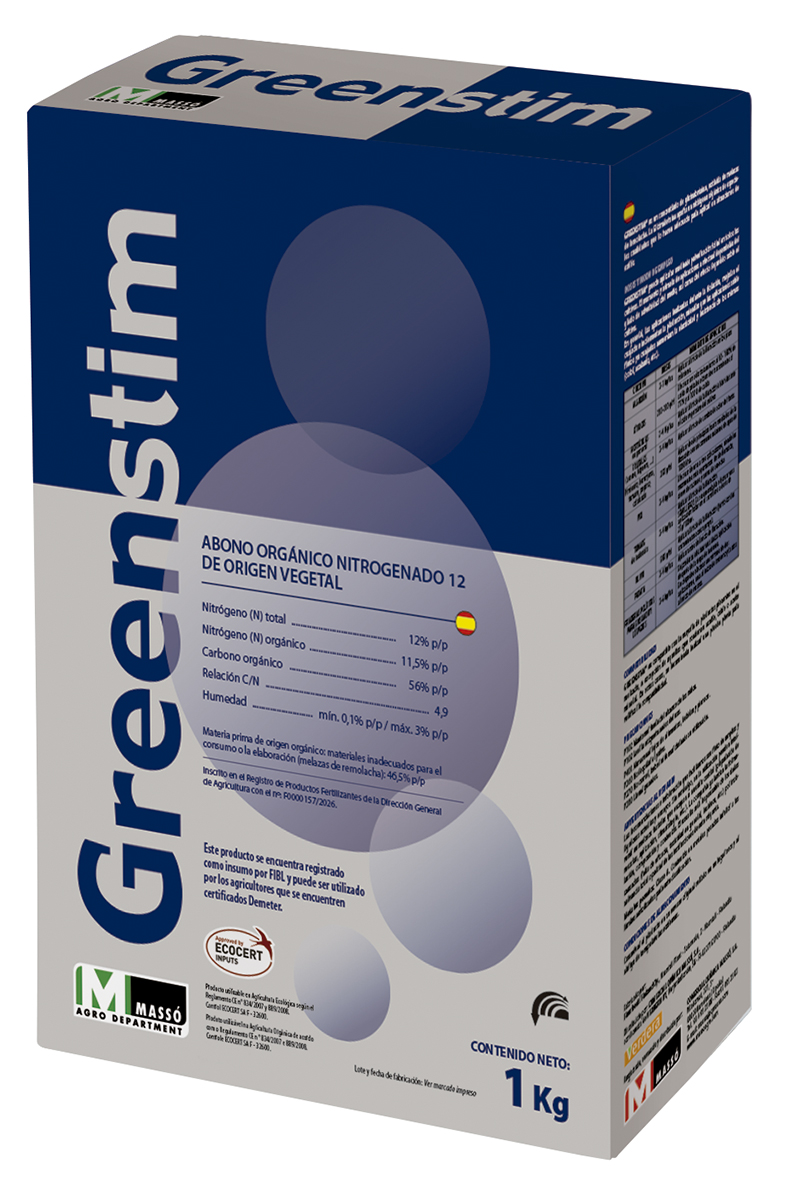
GREENSTIM®, by MASSO, is based on glycine betaine to be applied during the growing season. The company explains that the product is a glycine betaine concentrate extracted from beet molasses, which, when applied to various crops, significantly improves their resistance to stress phenomena caused by lack of water, low temperatures or salinity.
(*) A zwitterion (derived from the German Zwitter, "hybrid, hermaphrodite") or dipolar ion is a chemical compound that is electrically neutral, but has formal positive and negative charges on different atoms.
Sources
Glycine betaine: A non-toxic approach to enhancing postharvest quality and physiology of fruits and vegetables
Sanusi Shamsudeen Nassarawa, Asiya Rabiu, Faiz Ur Rahman, Asem M. Abdelshafy, Xiaoyang Zhu & Gulzar Ahmad Nayik
Journal of Stored Products Research, Volume 114, September 2025, 102726
https://doi.org/10.1016/j.jspr.2025.102726
https://www.sciencedirect.com/science/article/abs/pii/S0022474X25001857
Pictures
Main picture, Faisal Zulfiqar, Muhammad Ashrafand Kadambot H. M. Siddiqu, Role of Glycine Betaine in the Thermotolerance of Plants, Agronomy 2022, 12(2), 276; https://doi.org/10.3390/agronomy12020276, https://www.mdpi.com/2073-4395/12/2/276
2nd picutre, Greenstim, Masso Agro Department, https://www.massoagro.com/


